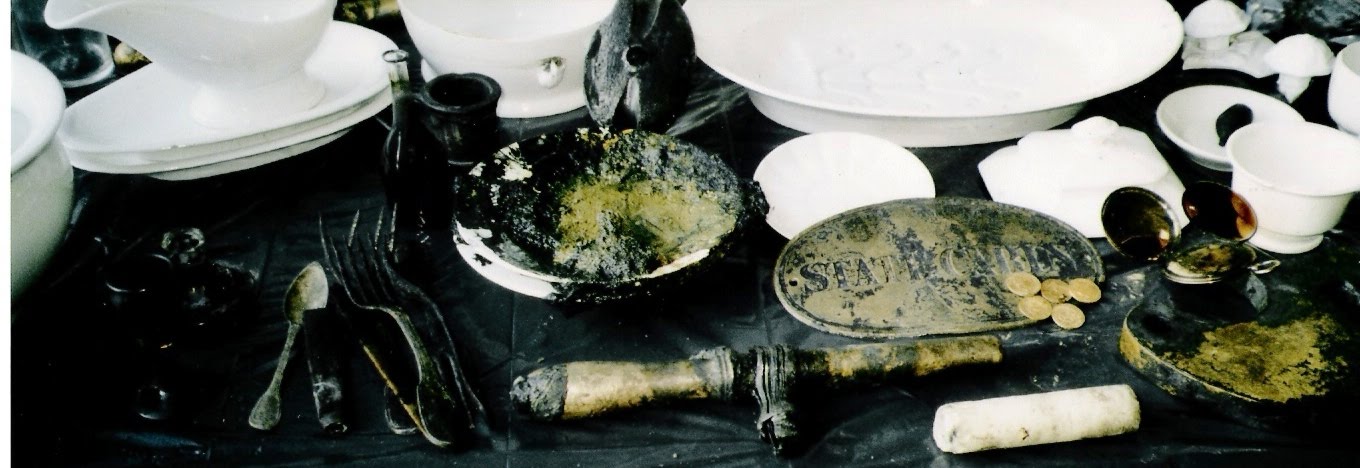Hydro International -
A team of American roboticists from the Center for Robot-Assisted Search and Rescue wrapped up five days of underwater search and rescue operations in northern Japan. During five days of work in two of the most badly damaged cities in northern Japan, they deployed three underwater Remotely Operated Vehicles to check for victims and debris following the 11th March tsunami.
Six weeks from the disaster, more than 14,000 people are confirmed dead, and 12,000 remain unaccounted for. Some of the missing are believed to have been swept out to sea, and the robots were called in to search in areas judged too dangerous for Japan Coast Guard divers to enter.
“In particular, trapped under floating debris or washed up in dangerous places,” said Robin Murphy, director of the Center for Robot-Assisted Search and Rescue (CRASAR), which is based at Texas A&M University. Murphy led the team of five roboticists in Japan and was speaking at a news conference on Sunday.
A SARbot from San Diego-based Seabotix was employed to search under debris. Equipped with a sonar system, video camera, and powerful lights, the ROV connects via cable to a suitcase-size control system. The case includes a 20-inch display and Core2 Duo-based computer system, and a controller pad with a joystick for manoeuvring the vehicle.
At one point it was sent to investigate the roof of a house, which was floating at sea.
Jesse Rodocker, from SeaBotix also showed a video of a submerged car. The ROV was able to confirm there were no victims inside and determine the vehicle’s license plate number. In some cases, it was also able to retrieve items from underwater. It has a grabber arm that can lift items weighing up to 100kg (220.46 pounds).

Posted via http://batavia08.posterous.com batavia08's posterous
.jpg)
No comments:
Post a Comment